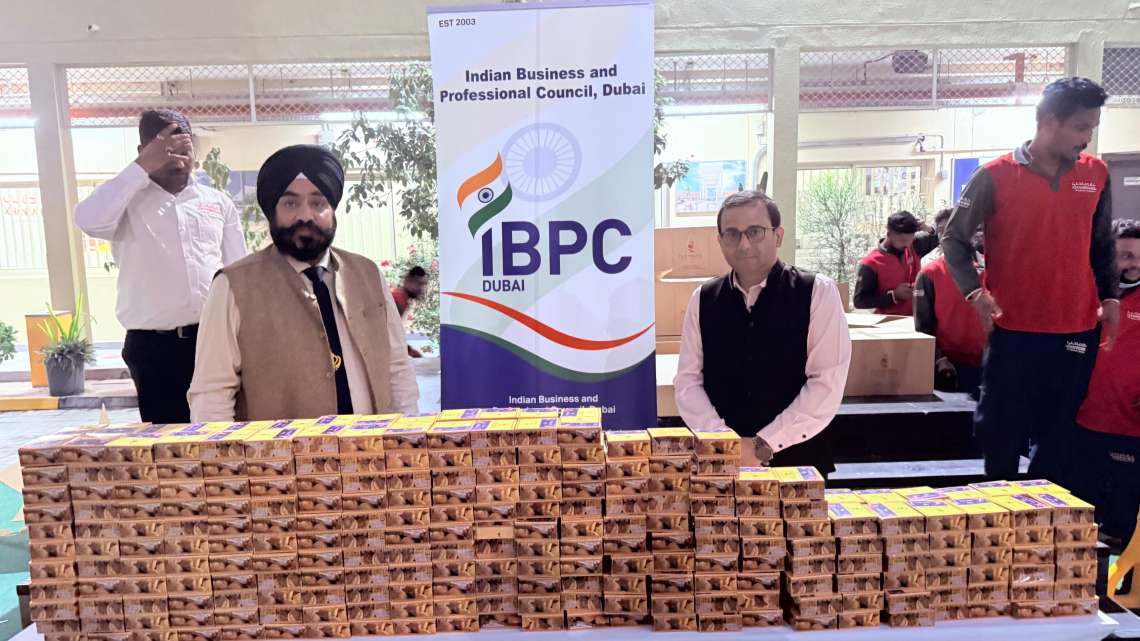Coming from T20 where the bat speed is very fast to test cricket where the bat speeds have to be a lot more controlled, that is something they’ll need to do, says Gavaskar
Batting great Sunil Gavaskar feels that the Indian batters will have to work on their bat speed control in order to make that transition from the fast-paced T20 format to the Test cricket as they are going to face Australia in the upcoming World Test Championship final from June 7 at The Oval.
Gavaskar emphasised the need for batters to play as late as possible in English conditions, allowing for swing and avoiding the mistake of reaching out for the ball.

“I think they are going to look at their bat speed. Coming from T20 where the bat speed is very fast to test cricket where the bat speeds have to be a lot more controlled, that is something they’ll need to do. They’ll need to play in England as late as possible to allow for the swing to do its bit, not to reach out for the ball which often a lot of people make the mistake of having played on good pitches,” said Gavaskar on Star Sports’ ‘Follow the Blues’.
“Wherever you play on good pitches, you tend to play through the line, not necessarily half volleys, but in England those deliveries can move just that little bit. So, I think those are the things that as a batter you need to watch out for. As a bowling unit also you’ll need to bowl a much fuller length for your new ball, for the bowlers to be able to get the movement in the air as well as after pitching,” he added.
Former India captain also highlighted the challenges Team India would face playing in English conditions, including the overcast weather and swing in the air, aspects unfamiliar to Indian, West Indian, and Sri Lankan players.
“I think the English conditions are challenging because firstly we are used to playing with the sun on our backs. When you are playing in England, often you are playing in conditions where there is no sun, it’s a little overcast, the weather is a little bit cooler, so you sometimes wear a jumper. That’s something that you know, the Indian players, West Indian players and Sri Lankan players are not really used to so that can be just a little bit of a dampener, little sort of light but you just feel a little bit encumbered by that,” he said.
So, that is one thing and because in these conditions the ball tends to swing in the air not just after pitching which doesn’t happen in India and therefore the swing in the air is what sometimes can take you some time to get used to and which is a reason people generally when you are going overseas suggest that you should may be play two or three warm-up matches, which will give you a better idea of what to get when you are playing in a test match,” he added.
The 73-year old feels that Cheteshwar Pujara can give some valuable insights to the team having experienced the conditions at The Oval.
“The fact that he has been around will mean that he will have also seen how the pitch has been behaving at The Oval. He might not have played at The Oval, he might be in Sussex not too far away from London but he will have kept an eye on what is happening and his inputs will be invaluable as far as the batting unit is concerned or even as far as the captaincy is concerned,” said Gavaskar.
“He will have the captains here as far as the Oval pitch is concerned and don’t forget he has also captained the team, so he definitely will have worked out quite a few strategies seeing that Steve Smith, the Australian is his teammate at the moment,” he added.










